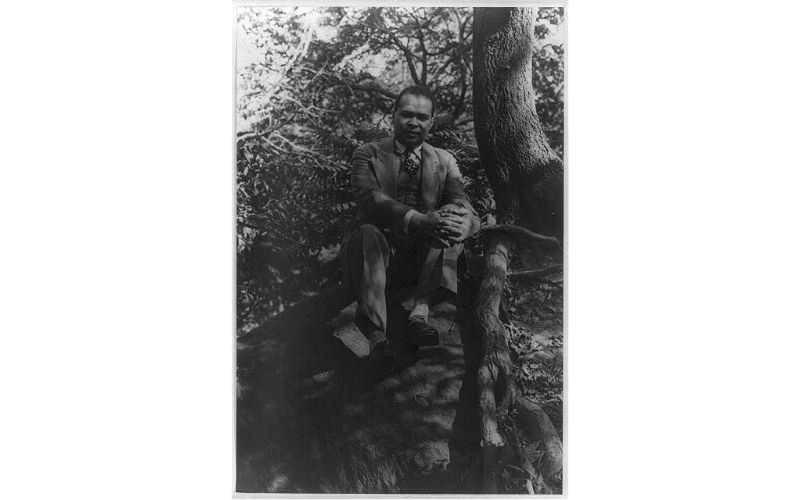100 Heroes: Countee Cullen
The gay man who helped shape American literature.

Countee Cullen was an American poet, novelist, children's writer, and playwright, particularly well known during the Harlem Renaissance.
Early life
Born in 1903, Countee began life as Countee Cullen. He was brought to Harlem at age nine by his grandmother, who cared for him until her death in 1917.
Reverend Frederick A. Cullen, pastor of Salem Methodist Episcopal Church, adopted the 15-year-old Countee Porter, changing his name to Countee Cullen.
Cullen entered the DeWitt Clinton High School in The Bronx. He excelled academically at the school and started writing poetry.
Cullen entered Harvard in 1925, to pursue a masters in English, about the same time his first collection of poems, Color, was published. Written in a careful, traditional style, the work celebrated black beauty and deplored the effects of racism. The book included Heritage and Incident, probably his most famous poems. Color was a landmark of the Harlem Renaissance. He graduated from Harvard with a master's degree in 1926.
Sexuality
American writer Alain Locke helped Cullen come to terms with his sexuality. Locke wanted to introduce a new generation of African-American writers, such as Countee Cullen, to the reading public. Locke also sought to present the authentic natures of sex and sexuality through writing, creating a kind of relationship with those who felt the same. Locke introduced Cullen to gay-affirming material, such as the work of Edward Carpenter, at a time when most gays were in the closet. In March 1923, Cullen wrote to Locke about Carpenter's work: "It opened up for me soul windows which had been closed; it threw a noble and evident light on what I had begun to believe, because of what the world believes, ignoble and unnatural".
Despite marrying Yolande DuBois and Ida Mae Roberson, Cullen's significant relationships with men included Edward Atkinson, Harold Jackman,
Harlem Renaissance
The Harlem Renaissance movement was centred in the cosmopolitan community of Harlem, in New York City, which had attracted talented migrants from across the country. During the 1920s, a fresh generation of African-American writers emerged, although a few were Harlem-born.
The Harlem Renaissance was influenced by a movement called Néegritude which represents “the discovery of black values and the Negro’s awareness of his situation”. Cullen saw Negritude as an awakening of a race consciousness and black modernism that flowed into Harlem. Cullen's poetry Heritage and Dark Tower reflect ideas of the Negritude movement. These poems examine African roots and intertwine them with a fresh aspect of African American life.
Countee Cullen's work intersects with the Harlem community and such prominent figures of the Renaissance as Duke Ellington and poet and playwright Langston Hughes. Ellington admired Cullen for confronting a history of oppression and shaping a new voice of “great achievement over fearful odds”.
Personal life
Cullen died in 1946.